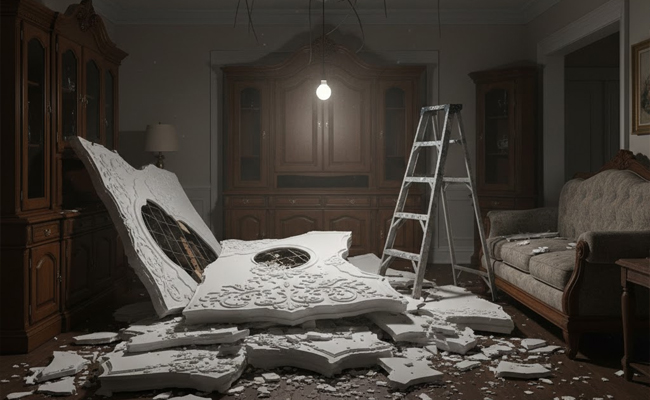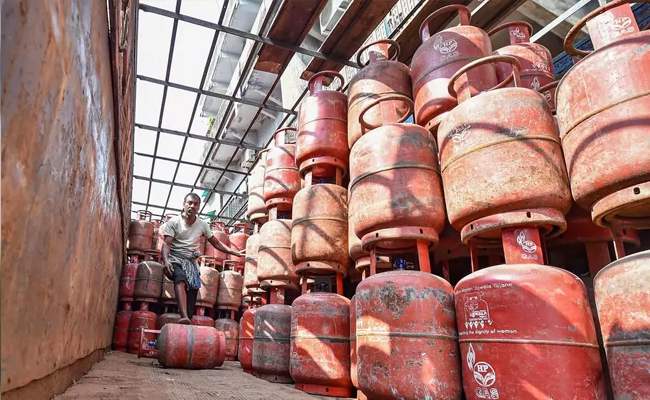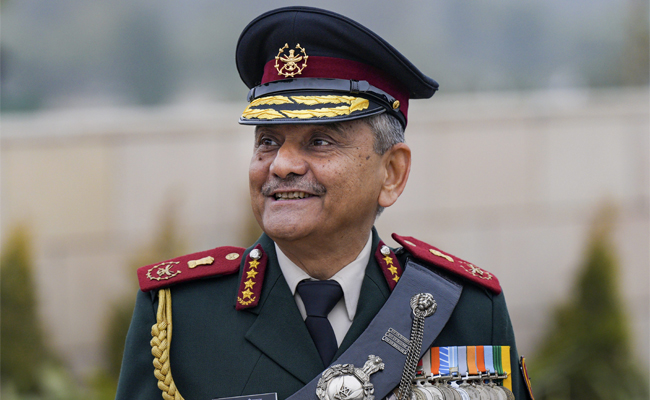Mumbai (PTI): The mortal remains of First Officer Clive Kunder, co-pilot of the Air India plane that crashed in Ahmedabad last week, were brought to his home in Mumbai on Thursday morning, officials said.
The casket carrying the co-pilot's remains reached Mumbai airport by a flight and his family members then brought it to his residence, located on Ram Mandir Road in Goregaon (West), an official said.
Kunder lived with his elderly parents and a younger sister in Mumbai.
The mortal remains will kept at Kunder's home till 1 pm for people to pay homage following which the last rites will be held at the Sewri Christian Cemetery, the official said.
The London-bound Air India flight AI-171 carrying 242 passengers and crew members crashed in Ahmedabad on June 12. All but one on board the plane died along with 29 on the ground when the aircraft smashed into a medical complex.
The ill-fated flight was under the command of Captain Sumeet Sabharwal along with First Officer Clive Kunder. While Sabharwal had 8,200 hours of flying experience, Kundar 1,100 hours, the Directorate General of Civil Aviation (DGCA) earlier said in a statement.
The aircraft departed from the Ahmedabad airport at 1.39 pm. The pilot (Sabharwal) of the plane issued a 'Mayday' distress call, denoting a full emergency, soon after take-off to the Air Traffic Control at Ahmedabad.
Moments later, the plane, a Boeing 787 Dreamliner, smashed into the medical complex located outside the airport compound.
The last rites of Sabharwal, who was a resident of Powai area in Mumbai, were performed on Tuesday.
Let the Truth be known. If you read VB and like VB, please be a VB Supporter and Help us deliver the Truth to one and all.
Thane (PTI): A 45-year-old man was killed, and his wife and son were injured when a portion of plaster from the ceiling collapsed in their flat in a seven-storey building in Thane on Saturday, officials said.
Chief of the Regional Disaster Management Cell, Yasin Tadvi, said the 16-year-old building is not listed in the "dangerous" category.
"The incident occurred in Karumdev Society at about 3 am. The plaster of the hall in a flat on the terrace floor suddenly fell while the occupants were asleep", he said.
Of the four people who were inside the room, two suffered minor injuries and were discharged after primary treatment, Tadvi stated.
The injured persons were identified as Arpita More (42), who suffered minor head injuries, and her son Arush More (16), who sustained injuries to both legs.
Manoj More (45), who sustained chest injuries, died during treatment at a private hospital.





